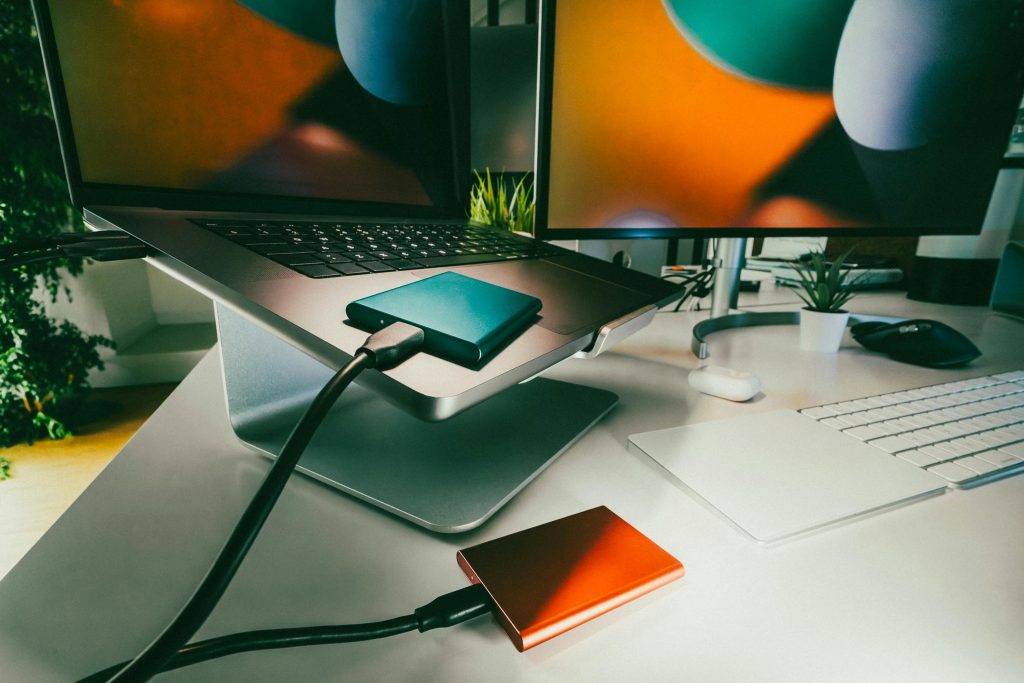Troubleshooting Data Recovery: Struggling with an Aging IBM Travelstar IDE Drive
Have you ever encountered the frustration of trying to retrieve precious memories from a failing hard drive? That’s the situation I’m in with my two-decade-old IBM Travelstar IDE drive. While I’ve managed to hold onto this device for years, it has recently started to show signs of distress.
Whenever I attempt to copy files from the drive, I am greeted with an unsettling noise followed by a drop to 0 bytes of data transfer. While I can sometimes manage to copy a few megabytes, it isn’t long before the troublesome noise returns, halting my efforts.
Recently, I made a mistake that may have exacerbated the problem. In a moment of distraction, I accidentally inserted the IDE connector incorrectly. Since then, the drive has failed to spin up, and my computer even recognized a power surge, which adds to my concern over potential damage.
With old photographs and significant files stored on this aging drive, I genuinely hope that the issue lies within the adapter rather than the drive itself. As I contemplate next steps, I’m curious about the costs associated with professional data recovery.
If you have experience with data recovery services or suggestions for recovering information from aging drives, I would love to hear your insights. Any advice or recommendations for specialists who handle such cases would be greatly appreciated!
Share this content:




Thank you for sharing your detailed situation. From your description, it seems the drive may be experiencing physical issues, especially considering the noise and failure to spin up after incorrect connections. I recommend the following steps:
If you decide to attempt recovery yourself, ensure your computer is powered off during the connection process and work in a static-free environment to prevent further damage.
Ultimately, consulting a professional data recovery service experienced with age-related hardware issues will give you the highest chance of salvaging